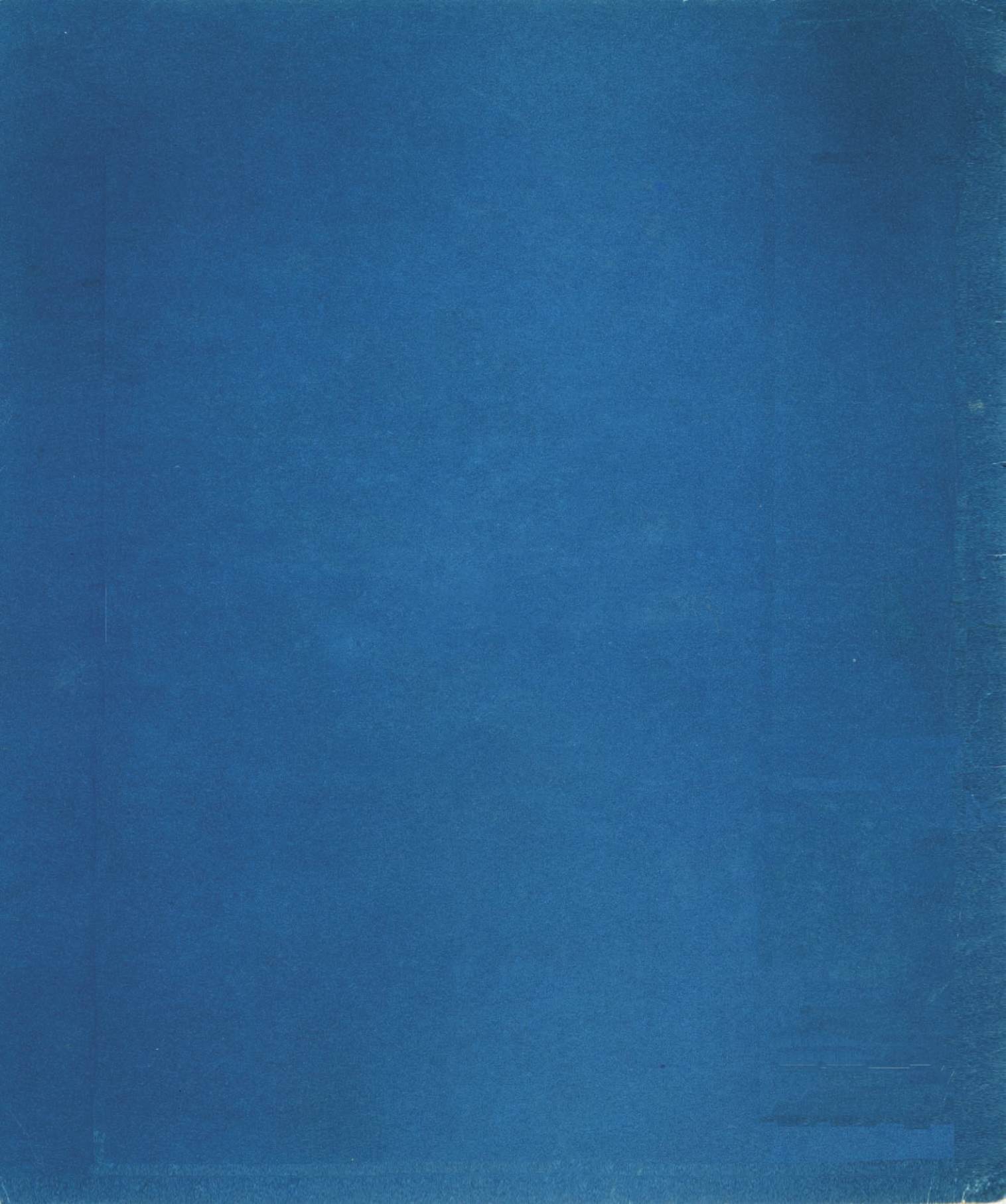Basic HTML Version



24
spr ing
|
summer
and visiting the deposits and buying rough stones. I’d take those stones
to dealers in a small town in Germany called Idar-Oberstein, which had a
history of stone cutting. Then, by trading it to these cutters in Germany, I
learned what they were doing with the stones and found some of the most
talented people who prepared the stones in different ways. So, when we
started the store business, I was well connected to have things done.
Tell us about your work with the National Museum of Canada, before
you started Silverhorn.
I got the job because I was selling the museum mineral specimens
and met the director. They were starting a program to disburse funds to
the provinces for museum projects that would, they hoped, unite the
country, east and west. One of the projects was working on the West
Coast, repatriating ceremonial masks and other ceremonial items back to
the Indians. These items had been confiscated early in Canadian history
because of the pagan nature of the dances and masks. The museum had
a major collection, and through the Indian Rights Act they decided they
would give them back to the Indians. To do that, the tribes had to prepare
museums and make proposals to the government. I coordinated that,
working with the Indians closely up and down the West Coast of British
Columbia, figuring out where to put the museums and helping them write
up the proposals and deciding what type of museums they’d be.
But my main interest had always been mineralogy, so I kind of drifted
back to it, did a side business with it and eventually a full-time business.
I didn’t want to stay with the government; I found private enterprise and
the trading of gems much more interesting.
Describe one of those early trips.
From Brazil, which was, at that time, a very productive area, I went to
East Africa – Tanzania and Kenya – then Southwest Africa, Namibia, and
Zimbabwe.
What were you looking for?
In Namibia, it was strictly mineral specimens; in the north there was
a copper mine at Tsumeb famous for producing specimens and I made
a few trips there. In Zimbabwe, there was an aquamarine mine, and an
alexandrite mine. In Kenya and Tanzania it was rubies, sapphires, garnets,
tanzanite and a whole batch of gems.
How often did you have to make such trips?
I’d start from Canada, to Bogota, to Rio, to Capetown, Johannesburg,
Nairobi, to Europe, and I did that every three or four months for several
The joy they found – and continue to find
– in the business they love is apparent
on the faces of Mike and Carole Ridding,
seen here when Silverhorn had just been
founded

